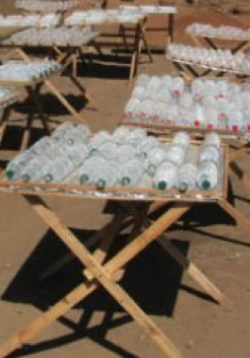This Legacy Power web resource is filled with background content to help facilitate solar cooking activities. Linking the sicence of solar cooking to hands-on activities and even recipes for using solar cookers, this is a particularly useful tool for giving educators ideas and starting points for their own engineering design challenges around this topic.
Light (Visible)
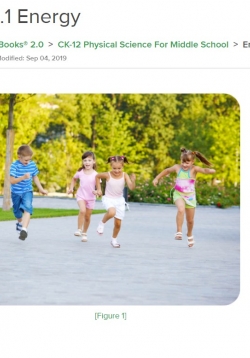
cK-12 is a nonprofit free database of curricular resources across all subjects, and includes complete content, interacties and simulations, assessments and videos and more. The energy content includes content that addresses the foundational content required in NGSS.
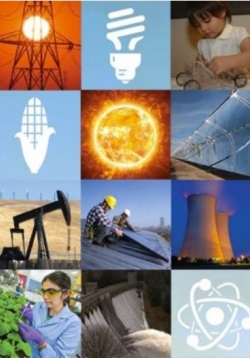
Energy Literacy: Essential Principles and Fundamental Concepts for Energy Education is an interdisciplinary approach to teaching and learning about energy. The framework identifies seven Essential Principles and a set of Fundamental Concepts to support each principle. The guide does not seek to identify all areas of energy understanding, but rather to focus on those that are essential for all citizens K-Gray. It presents energy concepts that, if understood and applied, will help individuals and communities make informed energy decisions.

These STEM Packs for grades PreK-5 use picture books to engage students in a series of 40 minute pre-designed STEM lessons with associated materials. Many kits are reusable or easily refurbishable with basic materials. The topics are derived explicitly from NGSS and are aligned with the standards across multiple Disciplinary Core Ideas. CE and AIU co-developed two energy-focused Storytime STEM Packs, including "Boy Who Harnessed the Wind" investigation and engineering design and "My Papi has a Motorcycle" energy use exploration.

This unique program pairs high school science teachers with a mentor doing cutting-edge research in an academic lab or a lab associated with another nonprofit institution. The Murdock Trust awards approximately 25 Partners in Science grants each year to fund these teacher-mentor research opportunities in the Pacific Northwest. Our goal is to help teachers bring knowledge from the research lab directly into the classroom to promote hands-on science education.

STEM AC is Idaho's statewide resource for everything STEM, including a wealth of programs, grants, oportunities, partnerships and more for Idaho's STEM educators. The mission of STEM AC is: Engineering innovative opportunities for educators, students, communities, and industry to build a competitive Idaho workforce and economy through STEM and computer science education.
Solar and SODIS: Creating Clean Water for the World
According to Nobel Laureate Richard Smalley, the number one and two challenges for humanity are energy and clean water. This classroom activity will introduce students to a low cost, renewable technique that connects these two issues. During the activity,...
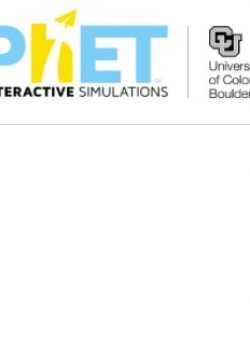
A series of over 150 digitial interacitves that allow students to explore a wide variety of science concepts, from simple energy transformations and motion, as well as beahvior of electricity in multiple contexts (static electricity, circuity, batteries, electromagnetism, fields, and more). Many include data collection and applied exploraion of science concepts in physics, chemistry, math, and more. Most are meant for secondary grades, but there are some good foundational energy interactives for upper elementary.
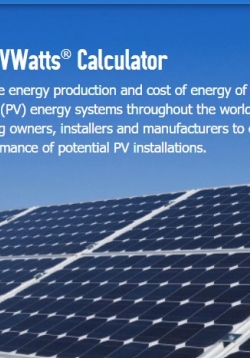
This online resource is a quick and easy-to-use energy production calculator for grid-tied solar PV systems installed throughout the world that uses NREL scientific data. This website is used by solar photovoltaic energy installation and engineering professionals on a daily basis!
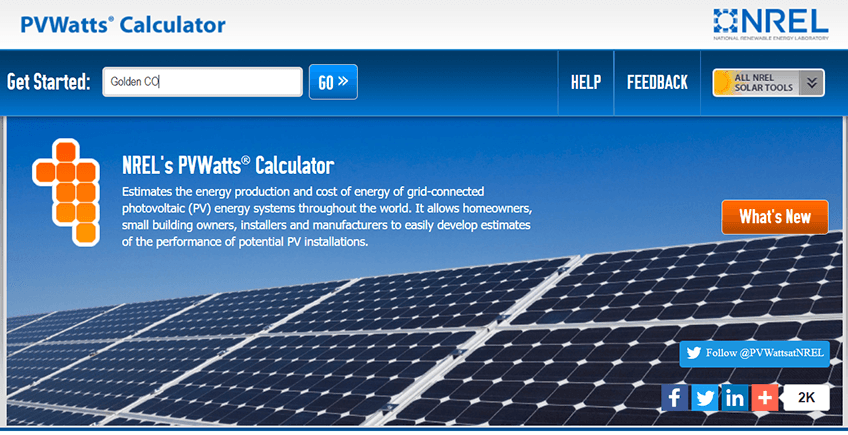
Keeping it Cool With Solar Unit Plan
Keeping It Cool With Solar unit asks the question: “How might we design a structure that will keep us cool on a hot day?” As an anchoring phenomenon, students will be shown a time-lapse video of an ice cube melting, and a second phenomenon of a solar...
Contact Us
Bonneville Environmental Foundation
1500 SW 1st Avenue, Suite 710
Portland OR 97201
phone: 503-248-1905

